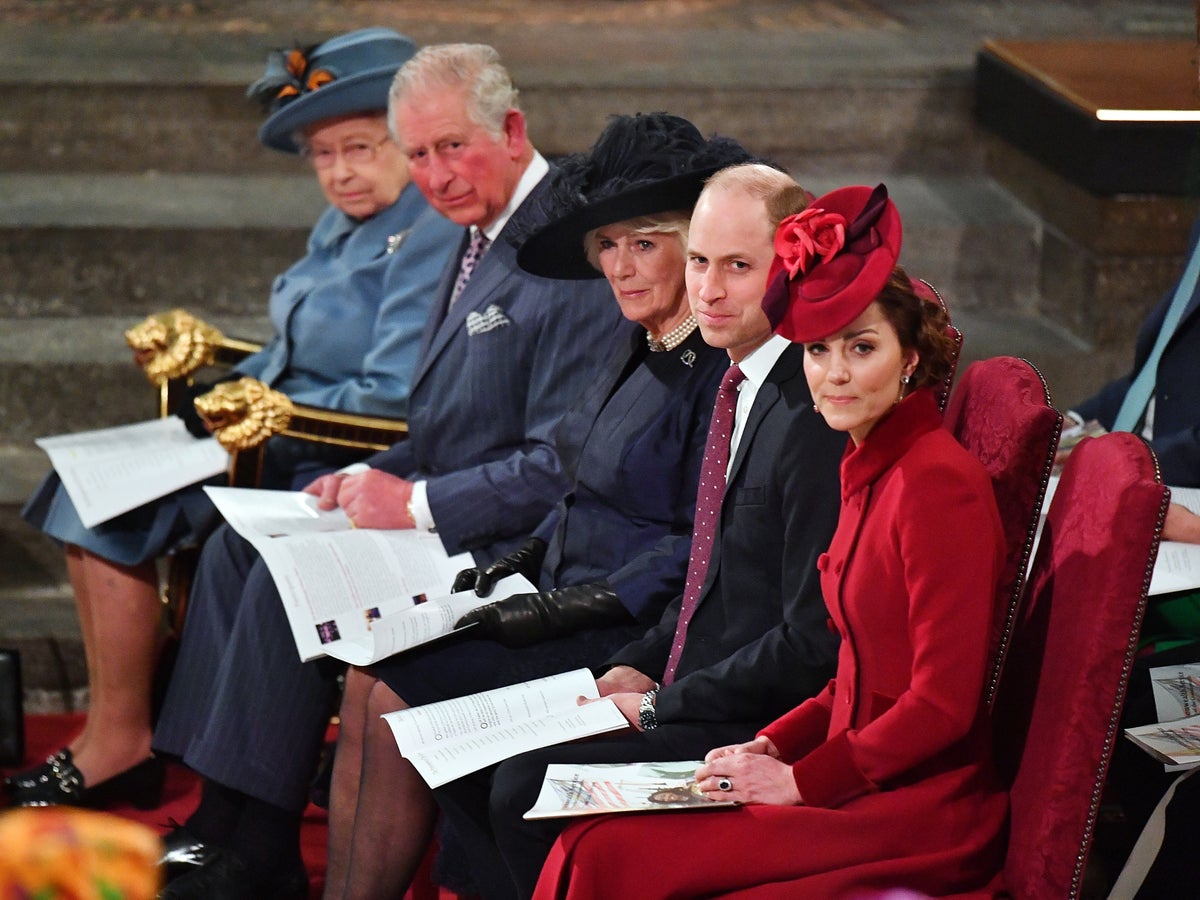
On Thursday 8 September, Buckingham Palace announced that the Queen had passed away aged 96, after 70 years on the throne.
Her death meant her eldest son, Prince Charles, automatically succeeded her to become King Charles III.
His title and role was later confirmed during a ceremony in London on 10 September, but his coronation is not expected to be until sometime next year.
Charles’ new role means that his wife, Camilla Parker Bowles is now Queen Consort.
Prince Charles’ first-born child, the Prince William is now the Prince of Wales, and is heir apparent followed by his son, Prince George, who is third in line to the throne.
William’s other children, Princess Charlotte and Prince Louis are now third and fourth in the line of succession, while Prince Harry and his children, Archie and Lilibet, are fifth, sixth and seventh respectively.
However, Prince Andrew comes next in line even though he is the Queen’s third child – and the reason for this can be traced back to an out-dated rule.
How have the laws of succession changed in recent years?
Although Anne, Princess Royal, is the Queen’s second-eldest child, she is sixteenth in line for the throne.
This is because, up until 2013, royal custom dictated that the birth of a royal male baby would displace his female sibling in the line of succession, even if she was older than him.
Therefore, the Duke of York and the Earl of Wessex, and their subsequent children are before the Princess Royal in line to the throne.
In 2013, the Succession to the Crown Act was passed into law by parliament. The law was put in place before the birth of Prince William and Kate Middleton’s first child, who would be heir to the throne after William.
This altered the tradition regarding the line of succession, ruling that the birth of a boy could no longer displace his female sibling in the line to the throne.
The previous rule of male primogeniture does not applies to royal babies born after 28 October 2011. This means that Princess Charlotte will remain above Prince Louis in line to the throne.
As Princess Anne was born in 1950, the change does not affect her position.
The British Royal Family line of succession
Does the Queen’s death change where other members of the royal family fall? Here is the line of succession as it now stands.
1. William, Prince of Wales
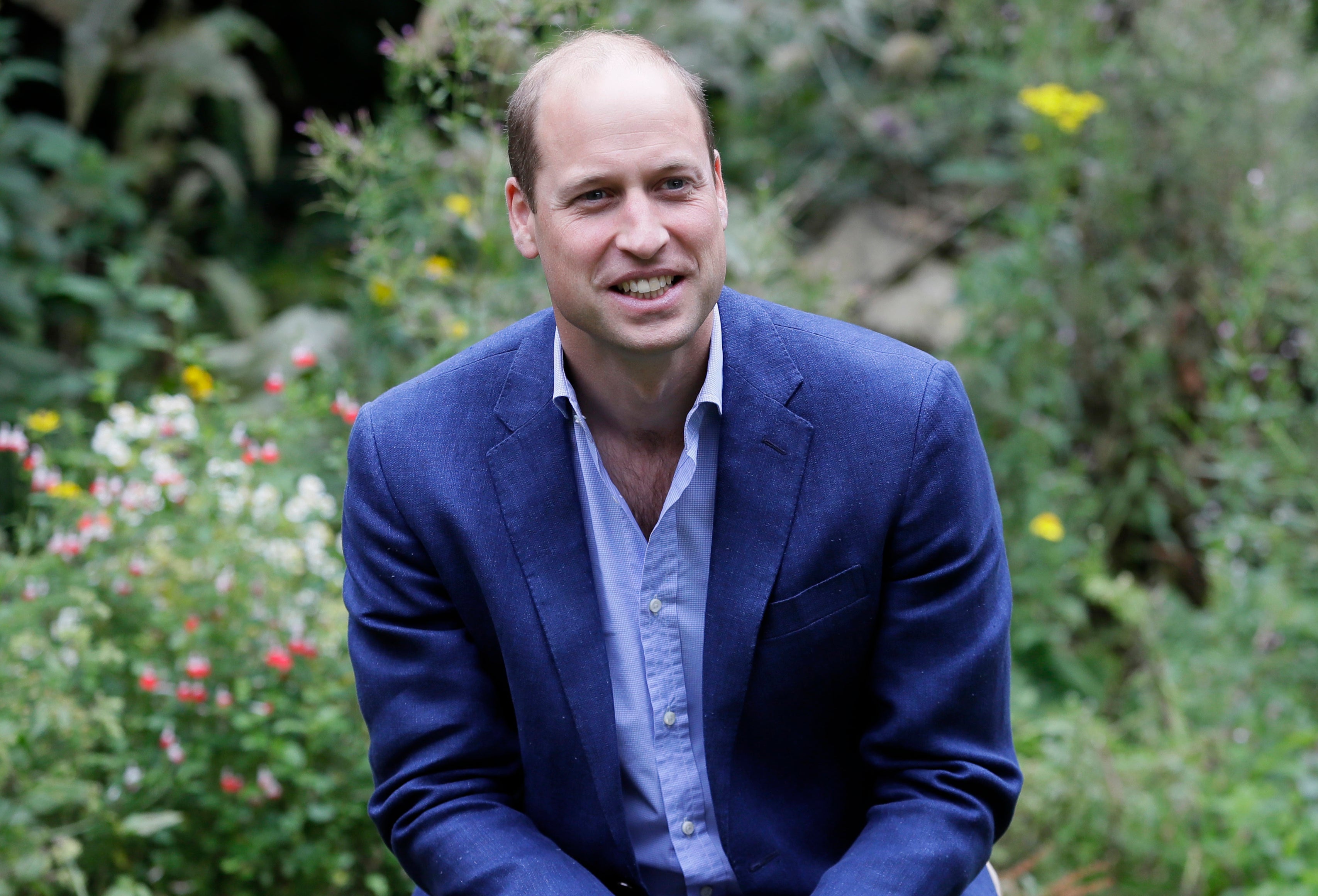
As the first-born son of King Charles III, William is the heir apparent to the throne.
2. Prince George

Though only nine years old, as the eldest child of the Prince and Princess of Wales, the young royal is now second in line to the throne.
3. Princess Charlotte
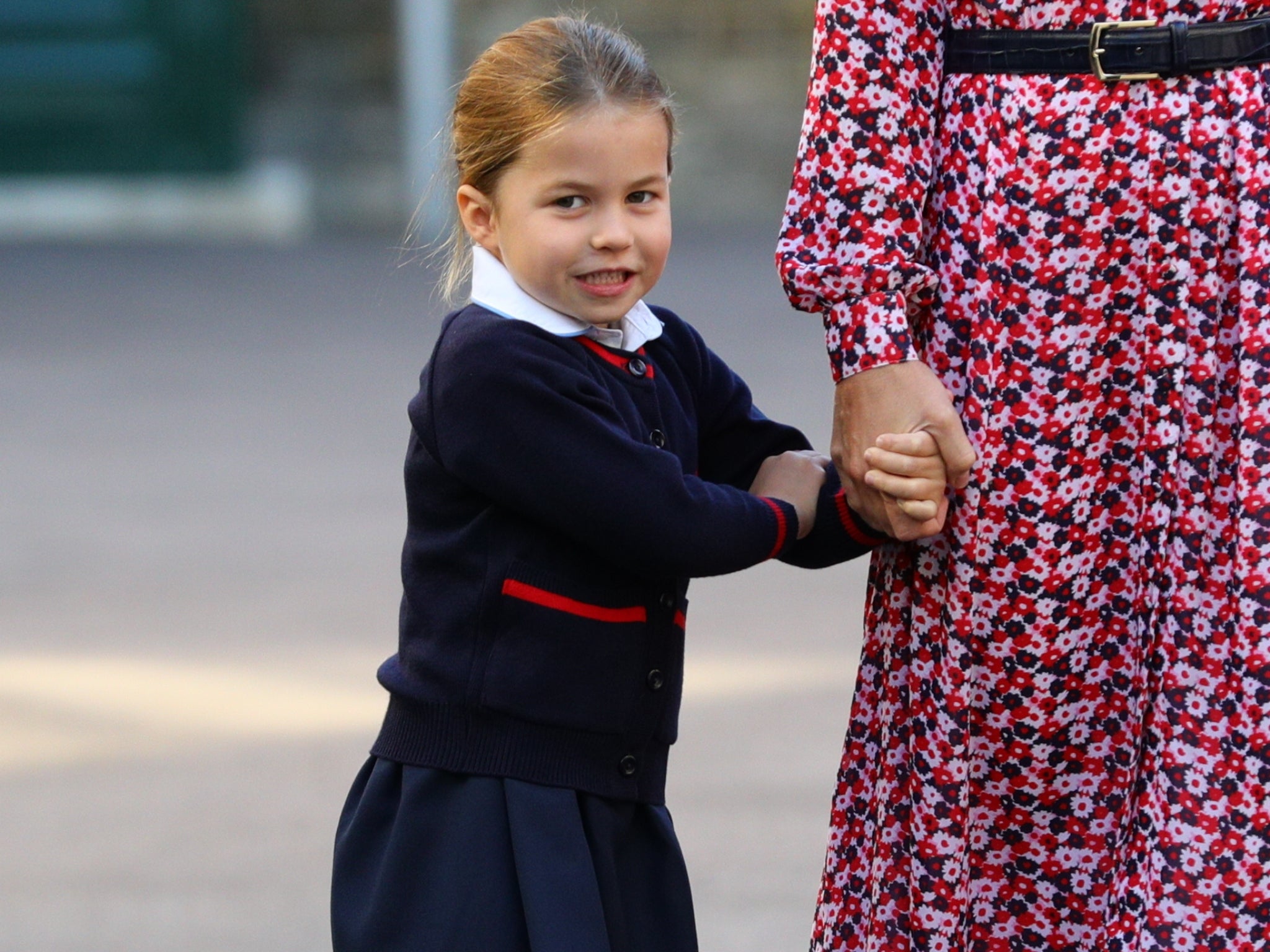
George’s little sister, seven-year-old Princess Charlotte is now third in line to the throne. However, if George has children of his own, they will overtake his sister in the line of succession.
4. Prince Louis

Four-year-old Prince Louis, Kate and William’s youngest child, is fourth in line to the throne.
5. Prince Harry

As Harry is Charles’ youngest son, he falls after Prince William and William’s children in the line of succession.
6. Archie Harrison Mountbatten-Windsor
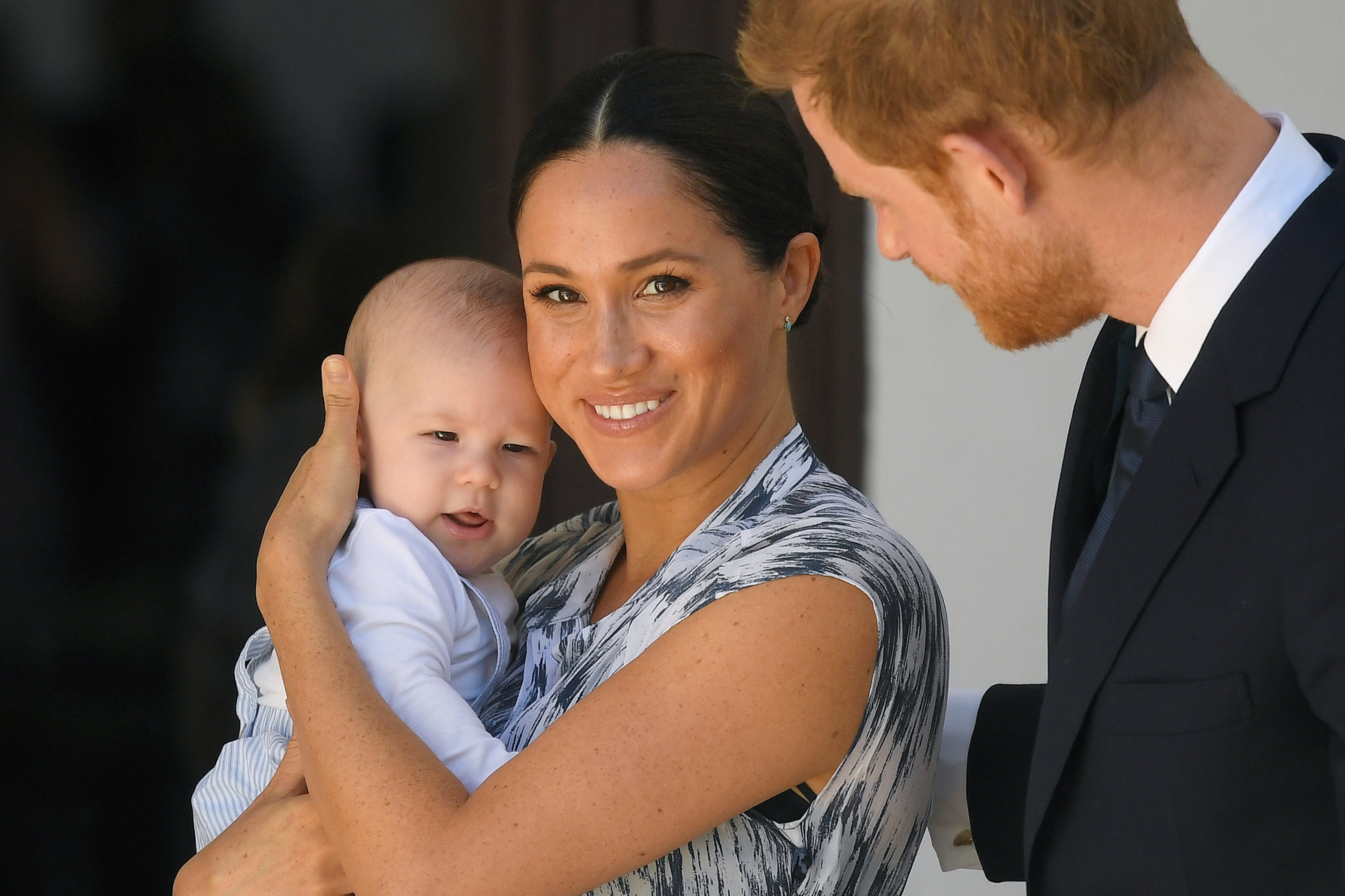
As the first-born child of Prince Harry and Meghan Markle, baby Archie is now sixth in line for the throne.
7. Lilibet Diana Mountbatten-Windsor

Archie is closely followed by his baby sister Lilibet, who Harry and Meghan welcomed in June 2021.
8. Prince Andrew
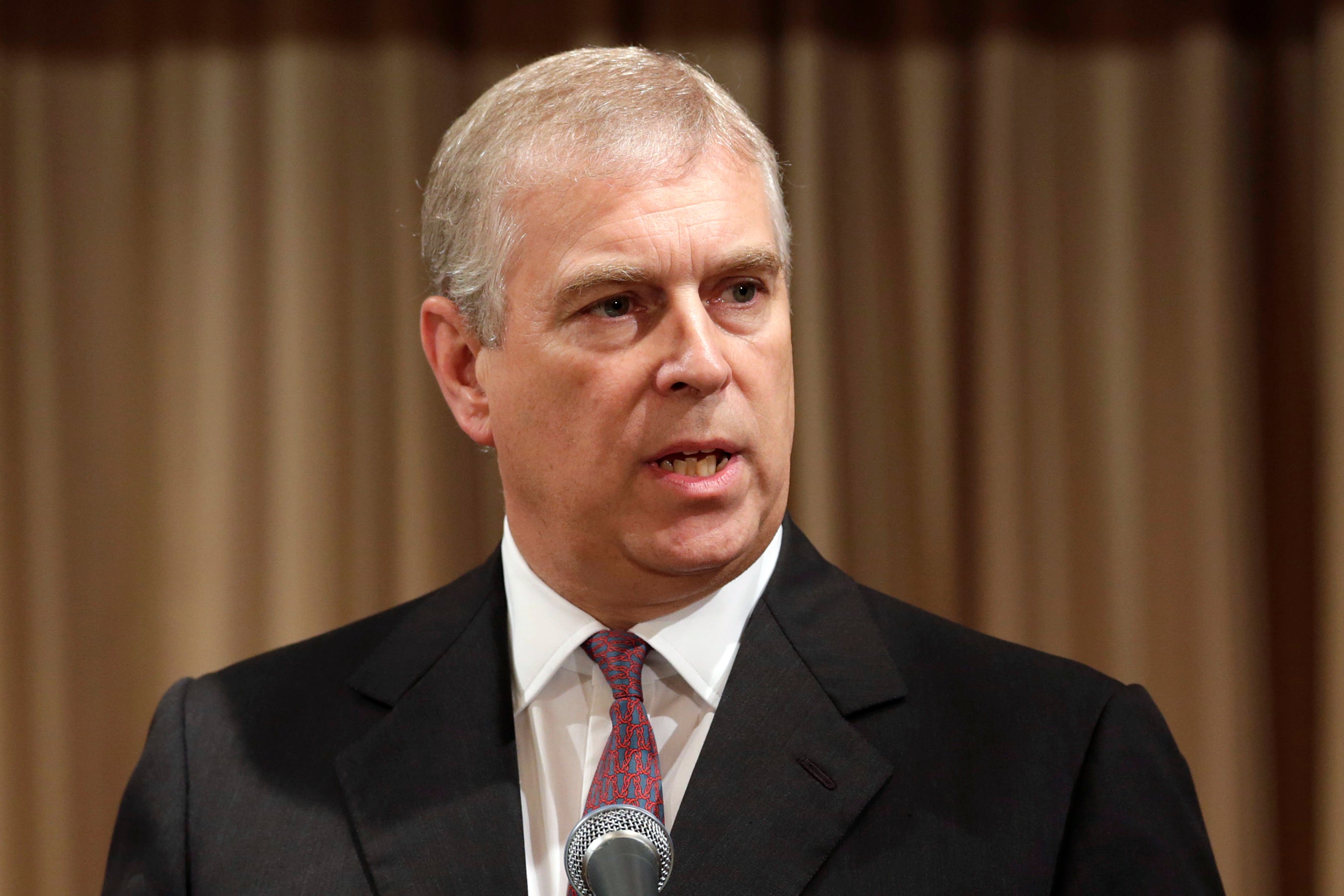
Prince Andrew, the Queen’s third child and second son, is eighth in line to the throne.
9. Princess Beatrice

As royal tradition dictates, Prince Andrew’s eldest child, Princess Beatrice is next in line after her father.
10. Sienna Mapelli Mozzi
Beatrice’s daughter, Sienna is tenth in line to the throne.







